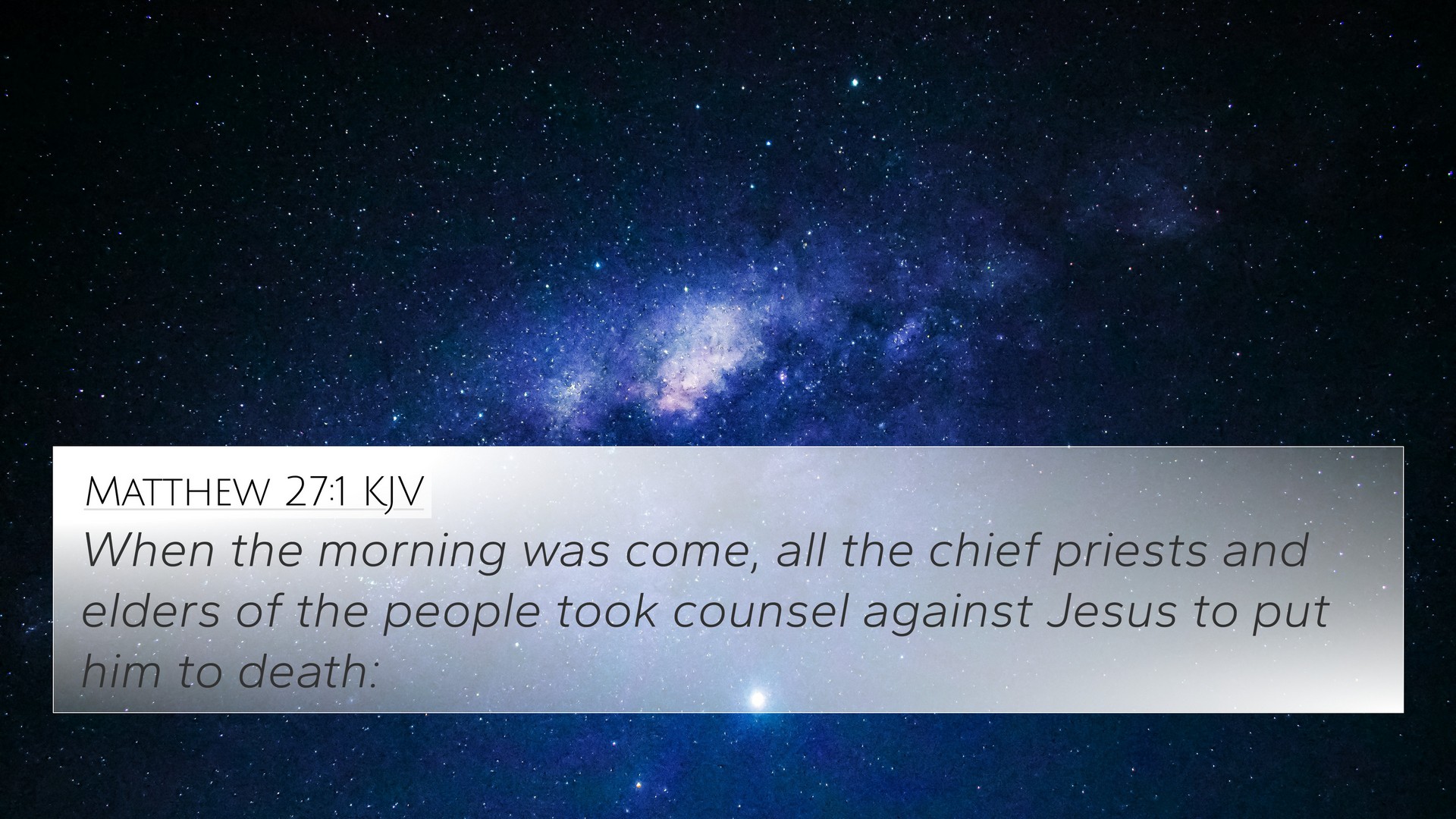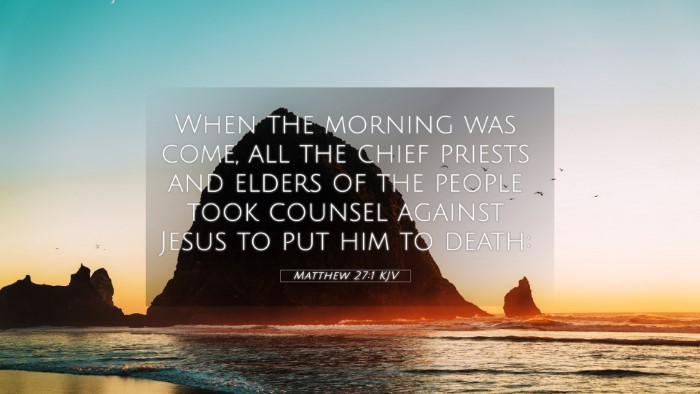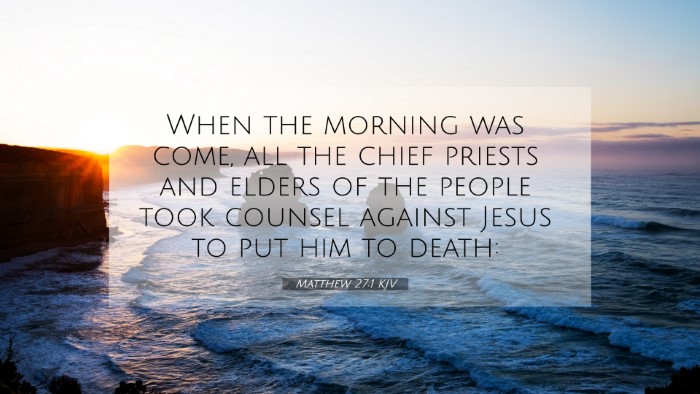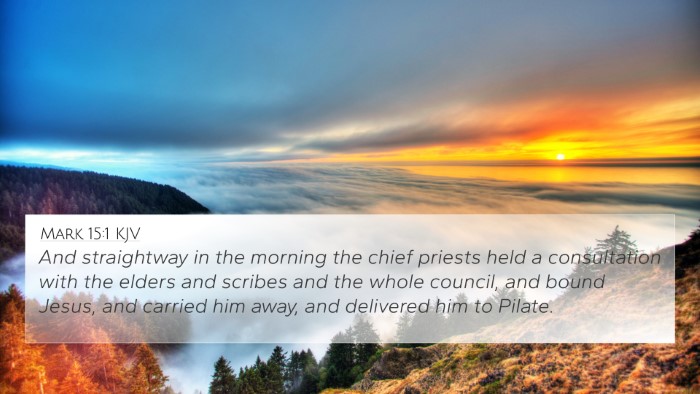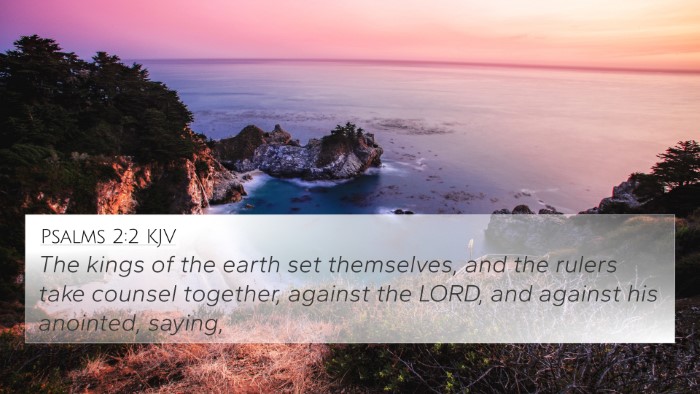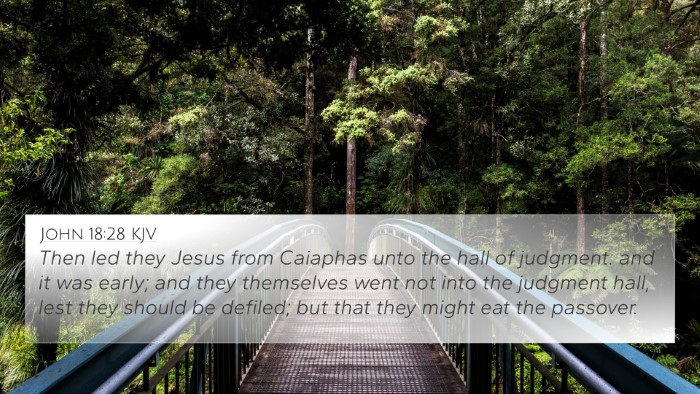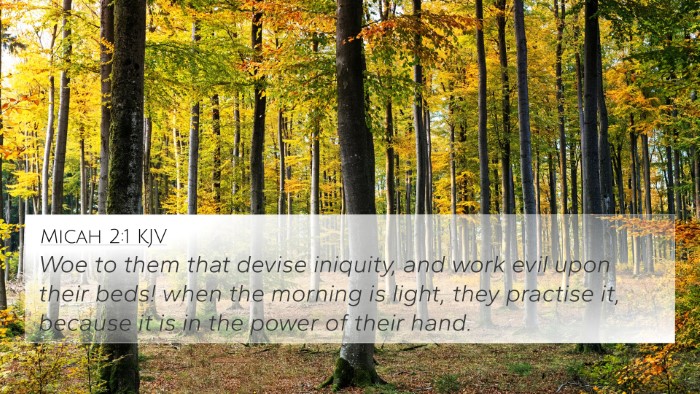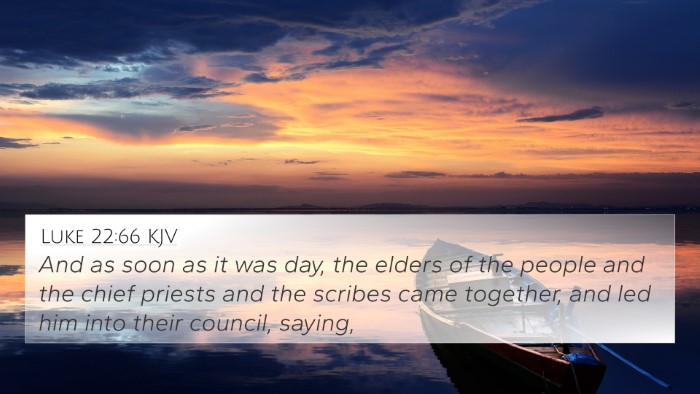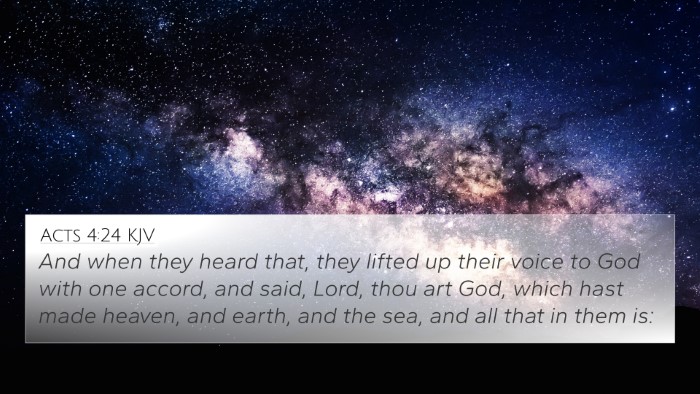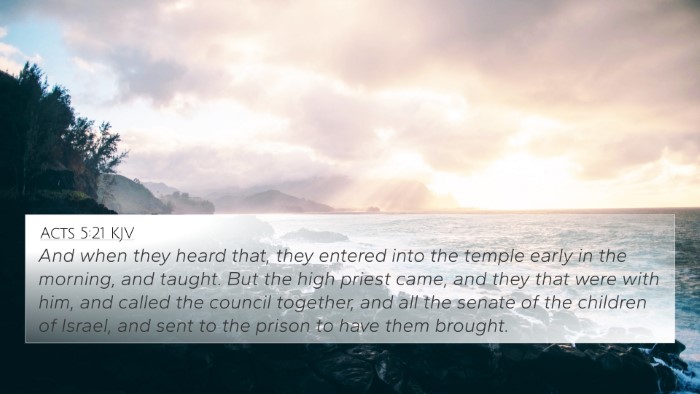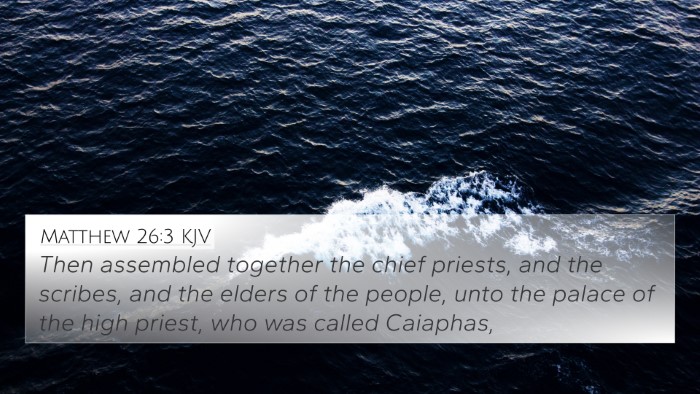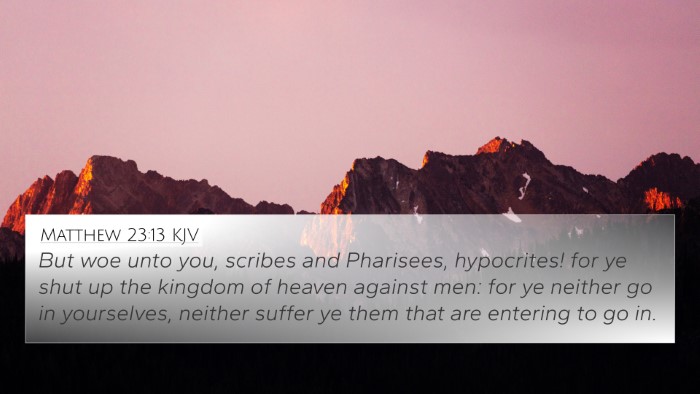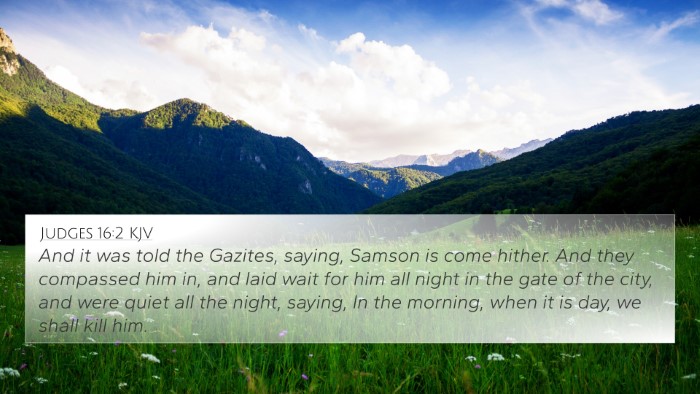Understanding Matthew 27:1
Matthew 27:1 states, "When morning came, all the chief priests and the elders of the people took counsel against Jesus to put him to death." This verse marks a pivotal moment in the Passion narrative, illustrating the actions of the Jewish leadership as they conspired to condemn Jesus.
Summary of Insights from Public Domain Commentaries
This verse has been examined by various biblical commentators, including Matthew Henry, Albert Barnes, and Adam Clarke. Their collective insights offer a profound understanding of the events surrounding Jesus' trial and condemnation.
- Matthew Henry: Henry emphasizes the malice of the chief priests and their determined efforts to erase Jesus, portraying their actions as a fulfillment of prophecy. He notes the hypocrisy in their dealings, highlighting how they sought to administer justice while themselves engaging in unjust actions.
- Albert Barnes: Barnes focuses on the timeframe and the significance of “morning” in this context. He discusses how the early morning hours symbolize a new phase in the unfolding events of Jesus' trial. He observes that the conspiratorial meeting among the leaders reflects their desperation and resolve to eliminate Jesus.
- Adam Clarke: Clarke provides a detailed analysis of the motivations behind the actions of the elders and the chief priests. He points out their fears of losing power and influence, leading them to plot against Jesus. Clarke also highlights the lack of Christian virtue in their actions, demonstrating their moral bankruptcy.
Thematic Connections and Cross-References
This verse is rich with connections to other parts of Scripture, enhancing our understanding through cross-referencing Biblical texts:
- Isaiah 53:3: Prophesying about the suffering servant, linking the rejection of Jesus to Old Testament prophecy.
- John 11:53: Indicates that the religious leaders plotted to kill Jesus after he raised Lazarus, demonstrating the continuous principle of conspiracy against the righteous.
- Matthew 26:4: Earlier reference to the plot by the chief priests and elders to arrest Jesus secretly.
- Mark 14:1: Similar account of the Jewish leaders seeking a way to arrest and kill Jesus.
- Luke 22:2: Highlights the same leaders' intentions to put Jesus to death, affirming the consistency across Gospel accounts.
- Acts 4:27-28: Reflects on the fulfillment of the very events mentioned in Matthew, showcasing how the early church viewed these actions as part of God's sovereign plan.
- Psalm 2:2: An Old Testament insight illustrating the rebellious stance of kings and rulers against the Lord and His Anointed, paralleling the actions of the chief priests.
Implications of Matthew 27:1
The conspiracy against Jesus depicted in Matthew 27:1 serves several significant roles within biblical theology:
- Affirmation of Jesus' Messiahship: The opposition Jesus faced validates His role as the Messiah; fulfillment of the suffering servant prophecies accentuates His identity.
- Moral Reflection: It presents a stark moral lesson on the dangers of jealousy and ambition, as demonstrated by the chief priests, urging readers to reflect on their own motivations.
- Jesus’ Foreknowledge: This event underscores Jesus' awareness of the plans against Him, emphasizing His divine authority and calm demeanor in the face of impending suffering.
How to Use Bible Cross-References
Understanding the connections between Bible verses is crucial for deeper Bible study. Here are some tools for Bible cross-referencing that can enhance your study:
- Bible Concordance: Helpful for finding verses related to specific themes or keywords.
- Bible Cross-Reference Guide: Utilize guides that arrange verses by themes and topics for easy consultation.
- Cross-Reference Bible Study: Engaging in comparative studies through cross-referenced verses can reveal profound insights into biblical themes.
- Inter-Biblical Dialogue: Exploring the dialogue between various scripture passages to uncover richer meanings and applications.
Conclusion
The events depicted in Matthew 27:1 not only chronicle a historical moment but also invite readers into a deeper understanding of Jesus' mission and the nature of human rebellion against divine authority. Cross-referencing this verse with other scriptures facilitates a comprehensive exploration of its theological implications.
By utilizing bible reference resources and bible cross-reference systems, one can efficiently identify and explore connections between various Biblical texts, enhancing both personal and communal Bible study.
